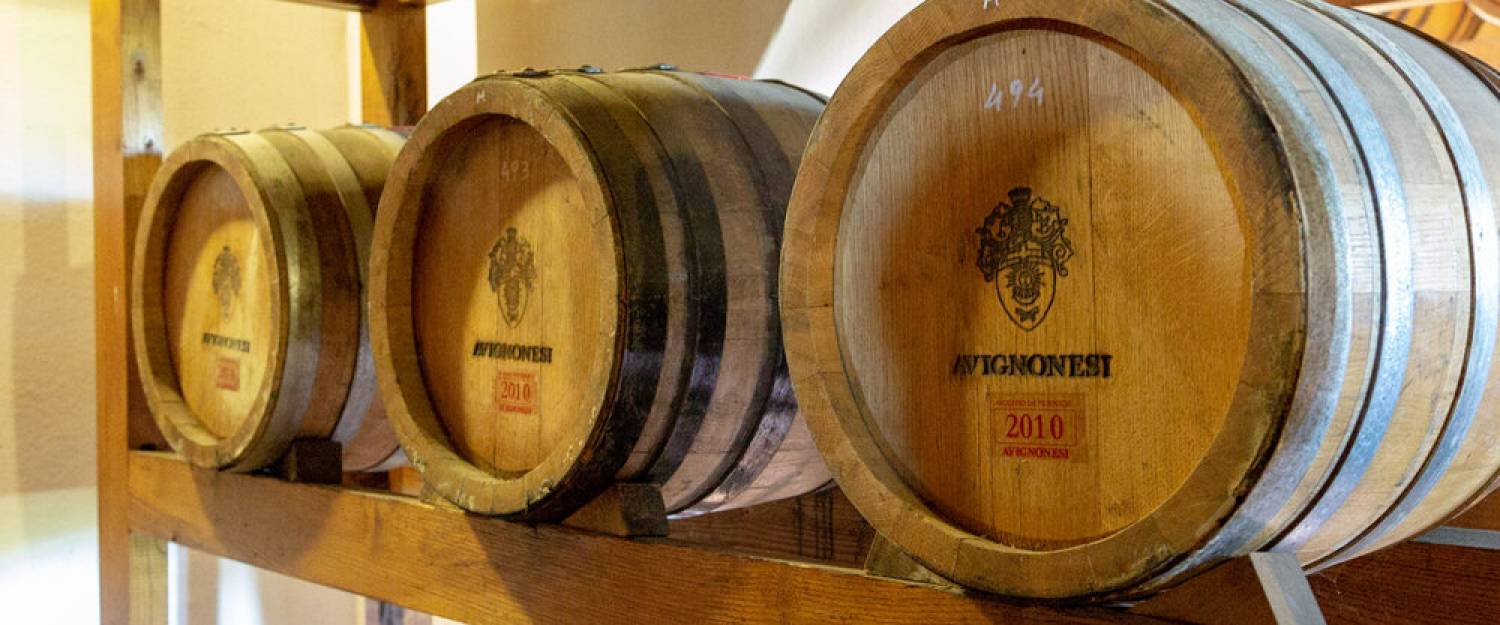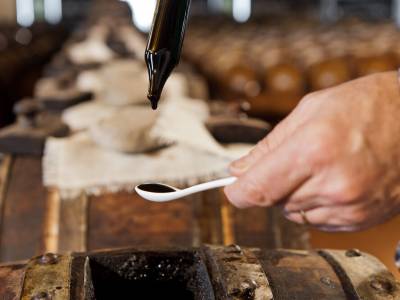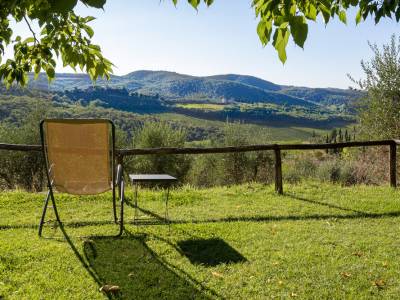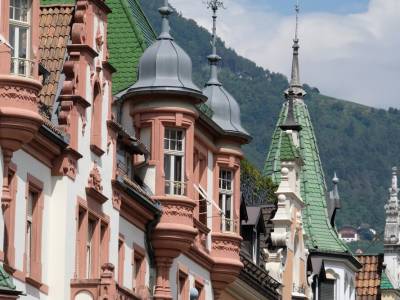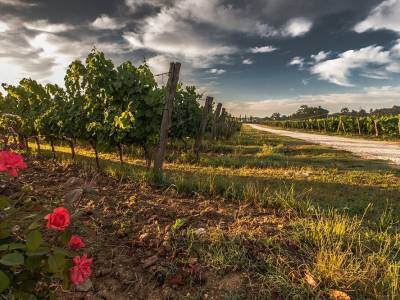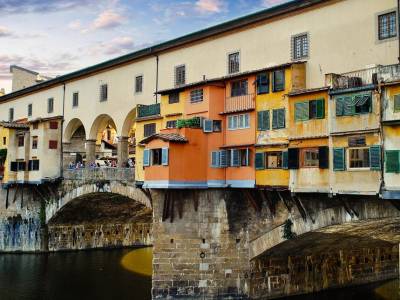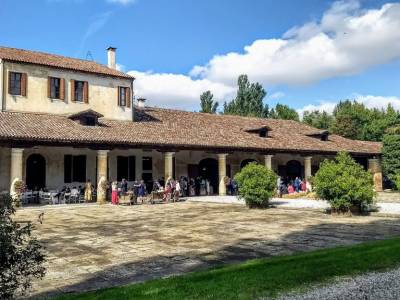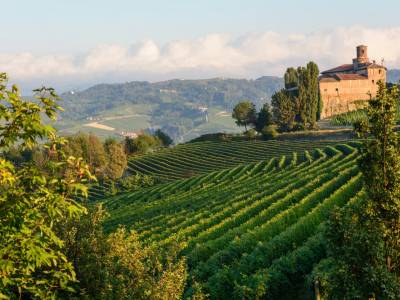The who, what, where and why of biodynamic viticulture!
27 Sep 2023 Magazine TALESCOLLECTION 2576Who came up with biodynamic viticulture?
Biodynamic viticulture is surprisingly not based on the theories of a great wine maker, or even agricultural specialist. It is actually based on theories developed by Austrian philosopher Rudolf Steiner, the same man who came up with the Steiner schooling system! He gave a lecture in 1924 entitled “Spiritual Foundations for the Renewal of Agriculture” in which he advised people to adopt farming techniques that consider a farm (or vineyard!) as one whole living organism, and also utilise organic practices such as composting, animal and plant diversity and avoiding unnatural treatments. Many of the people present at his lecture adopted the approach that Steiner suggested, and have helped made biodynamic viticulture what it is today.

Avignonesi Vineyards
What actually is biodynamic viticulture? Is it just the same as organic farming?
No! Being organic is part of being biodynamic, but there’s also a lot more involved! Biodynamic vineyards also take lunar and cosmic cycles in to account when they are deciding when to plant, fertilize and harvest their grapes, because they believe whilst farming it is important to follow the natural cycles of the world. Some techniques that are employed in biodynamic viticulture may sound a bit strange! For example, at one winery, we were informed about the practice of burying cow horns filled with ground quartz for 6 months, allowing them to soak up the energy from the sun and the earth, and then using the quartz (diluted using homeopathic principles) to spray over their plants as fertilizer. They also follow the same process but with cow manure to fertilize the soil!
Where is biodynamic viticulture put into practice?
One of the best examples of a biodynamic vineyard is Avignonesi, located just on the border between the Chianti and Montepulciano wine regions in Tuscany. They have been practicing biodynamic methods since 2009, but as of yet have not achieved full biodynamic certification. But when they (fingers crossed) are granted the certification (which they are hoping will be in 2020), Avignonesi will become one of the largest biodynamic vineyards in the world! As well as employing biodynamic techniques such as the whole cow horn burying business, Avignonesi also has some fascinating farming methods that are exclusive just to them! For example, they have a hexagonal vineyard – which is a far cry from the neat rows of vineyards you’re used to seeing in grape-growing Tuscany – and even a round vineyard, or vigna tonda, which was developed to test the perfect density for growing their vines, and is the only vineyard of its kind in the world!

The Cellar at Avignonesi
Why do people practice biodynamic viticulture?
We have been told that biodynamic methods don’t make the wine taste any better (though we’ve tried Avignonesi’s wines and we can assure you they are exquisite!) but you’ll have to decide that for yourself. Instead, the techniques are employed because they embody a holistic philosophy of farming that promotes a more healthy, open dialogue with nature. And after all, with the way things seem to be going with global warming, listening to the needs of our environment can’t be a bad thing, whether it creates tastier wine or not!

Avignonesi


